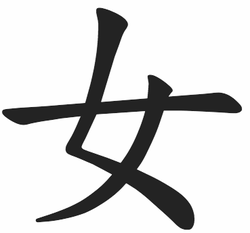
Frequency
KangXi Radical: 女, #38
Our next character, 女, fills the role of the English words for “feminine”, including “woman” and “female”. In modern usage, it often occurs with another character to create the full word. For example, “女人”, literally “female person” is Chinese for “woman”. 女-child and 女-son = daughter. 女-friend = girlfriend.
A slightly compressed form also acts as a radical usually on the lefthand side of characters related to women.
- Spoken: 258th (0.01%)
- Written: 224th (0.10%)
KangXi Radical: 女, #38
- 681 derived characters (1.39%)
Our next character, 女, fills the role of the English words for “feminine”, including “woman” and “female”. In modern usage, it often occurs with another character to create the full word. For example, “女人”, literally “female person” is Chinese for “woman”. 女-child and 女-son = daughter. 女-friend = girlfriend.
A slightly compressed form also acts as a radical usually on the lefthand side of characters related to women.
Etymology
The original form of 女 was pictographic. It showed the profile of a kneeling woman with arms crossed in front of her as if swaddling a baby. The primary difference between the Oracle Bone inscriptions and the modern form is that we see two arms and one leg rather than the opposite. By the time of the Seal Script, the second arm had descended down to also form a second leg. This form was eventually simplified into the modern character with one stroke showing both arms and two strokes depicting the crossed legs.
Varieties of 女
Beware Similar Characters
This character may potentially be confused with the following: 文 (culture), 又 (right hand), 攵 (tap), 夂 (go), and 夊 (go slowly). In each case, 女 can be distinguished because the first stroke goes continuously from almost vertical to diagonal. Also note that the “arms” of 女 fully cross the character.
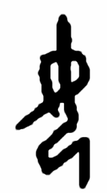

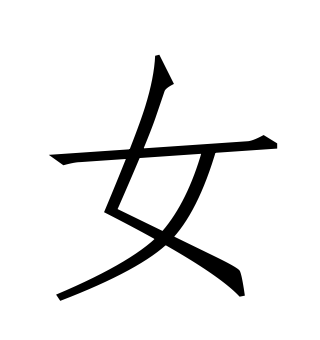
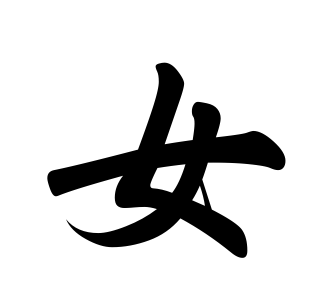
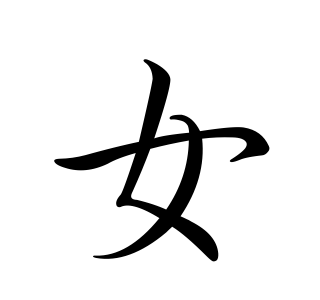
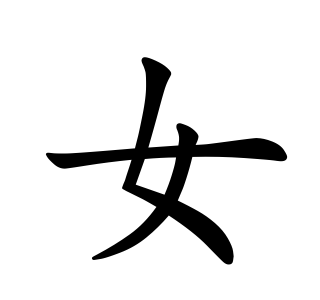
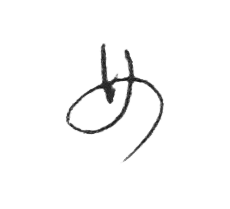
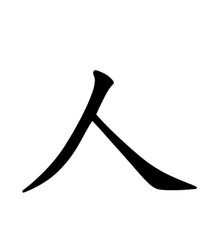

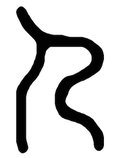
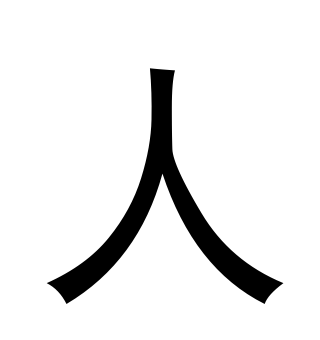
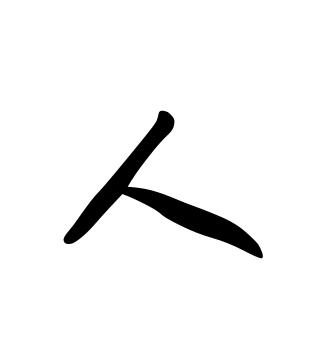
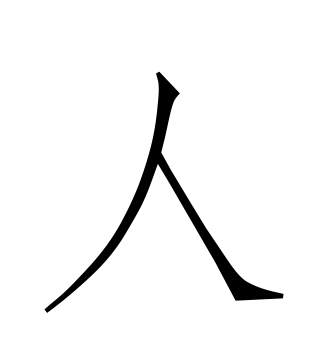
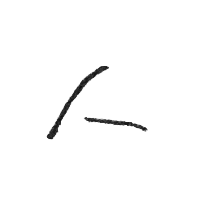
 RSS Feed
RSS Feed